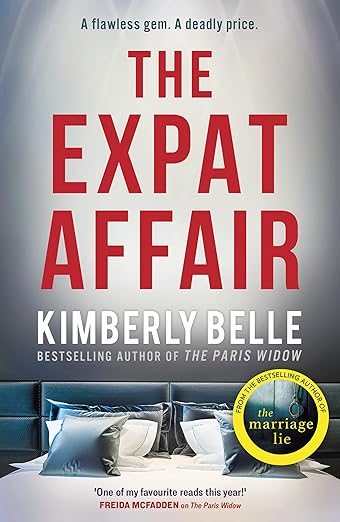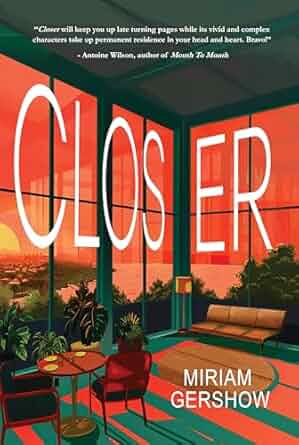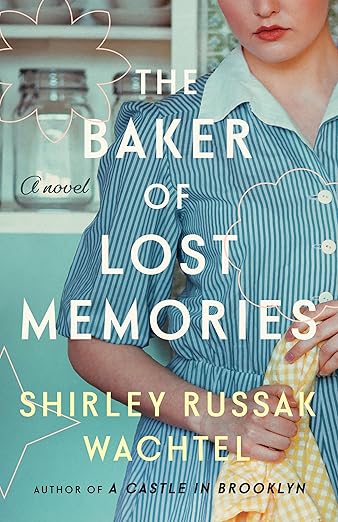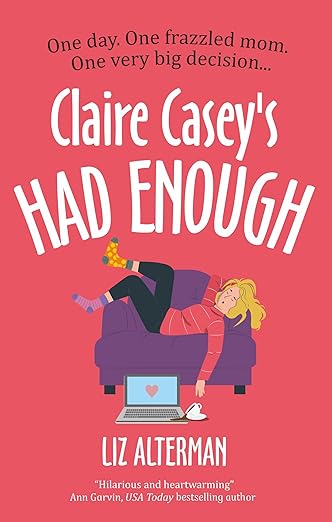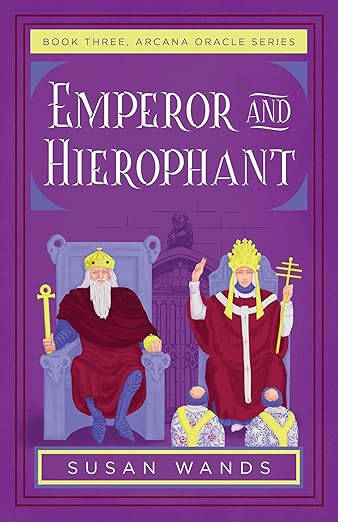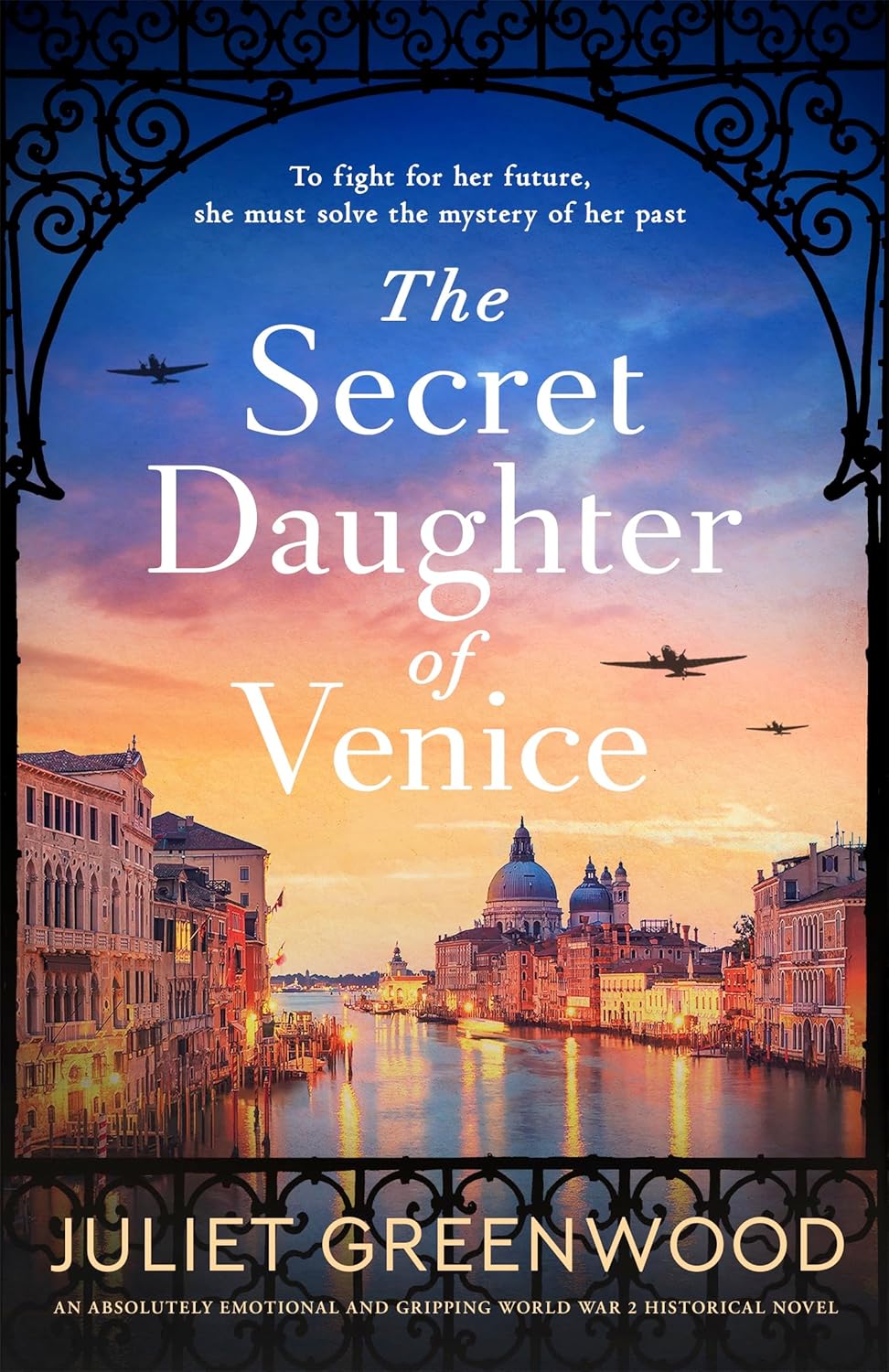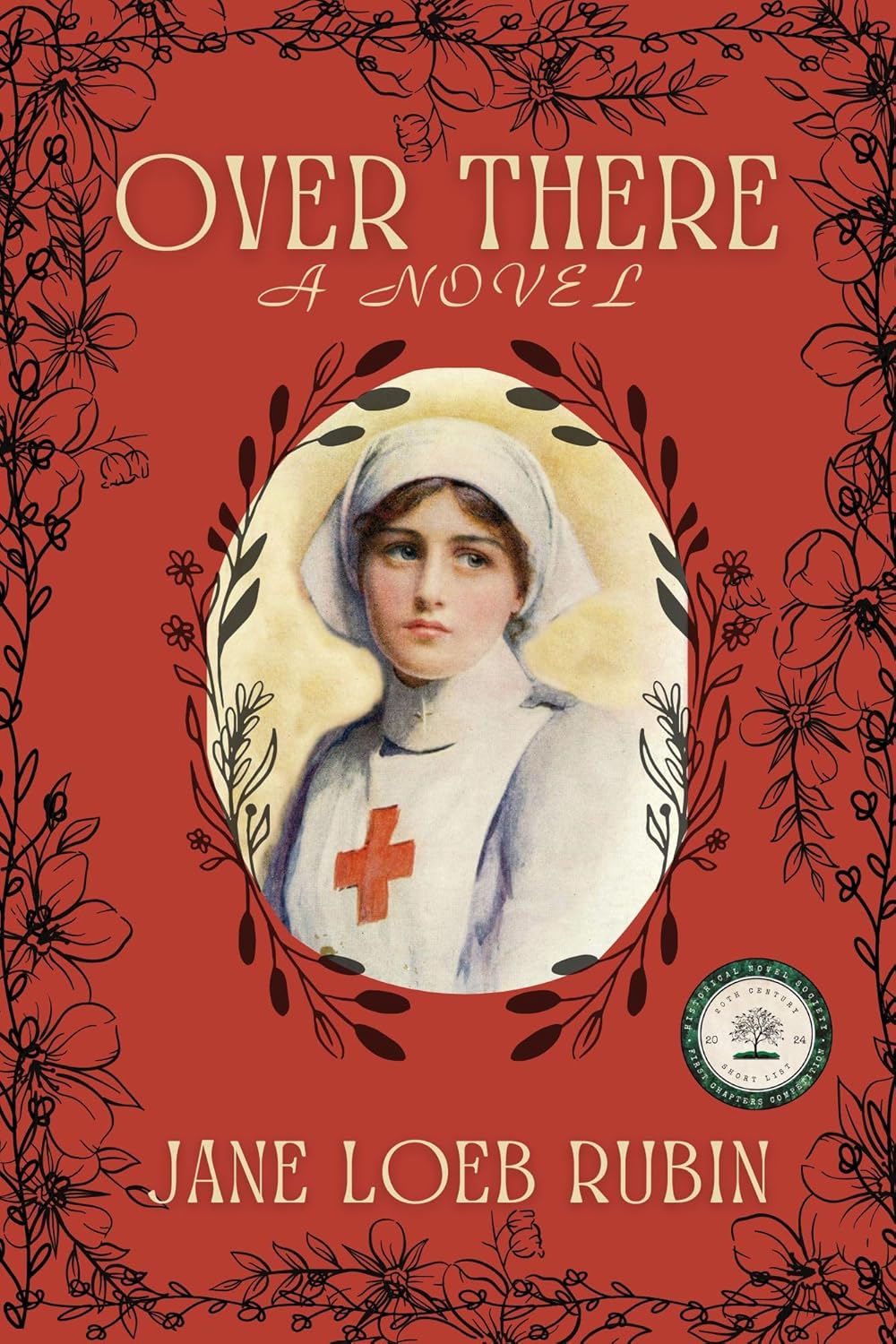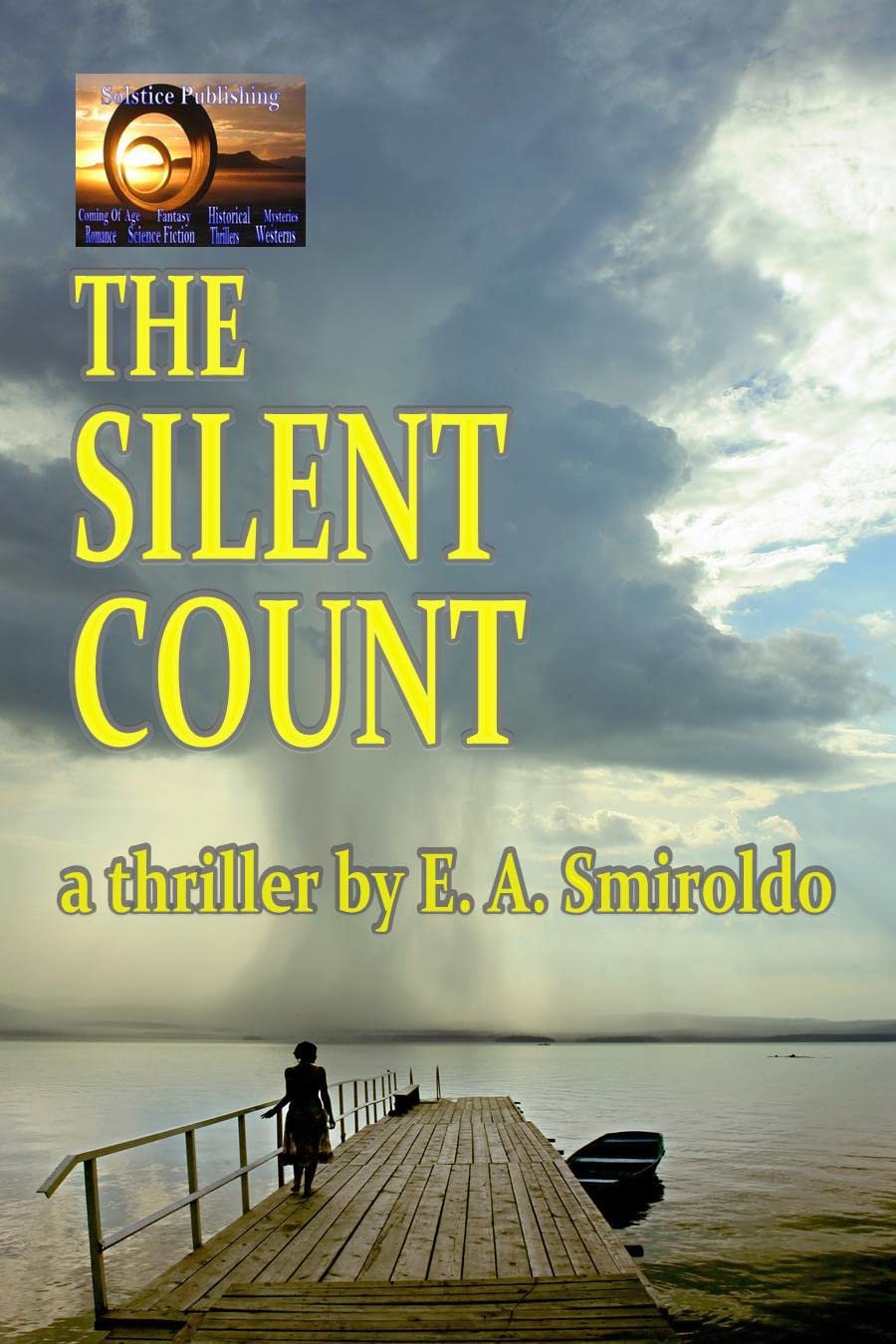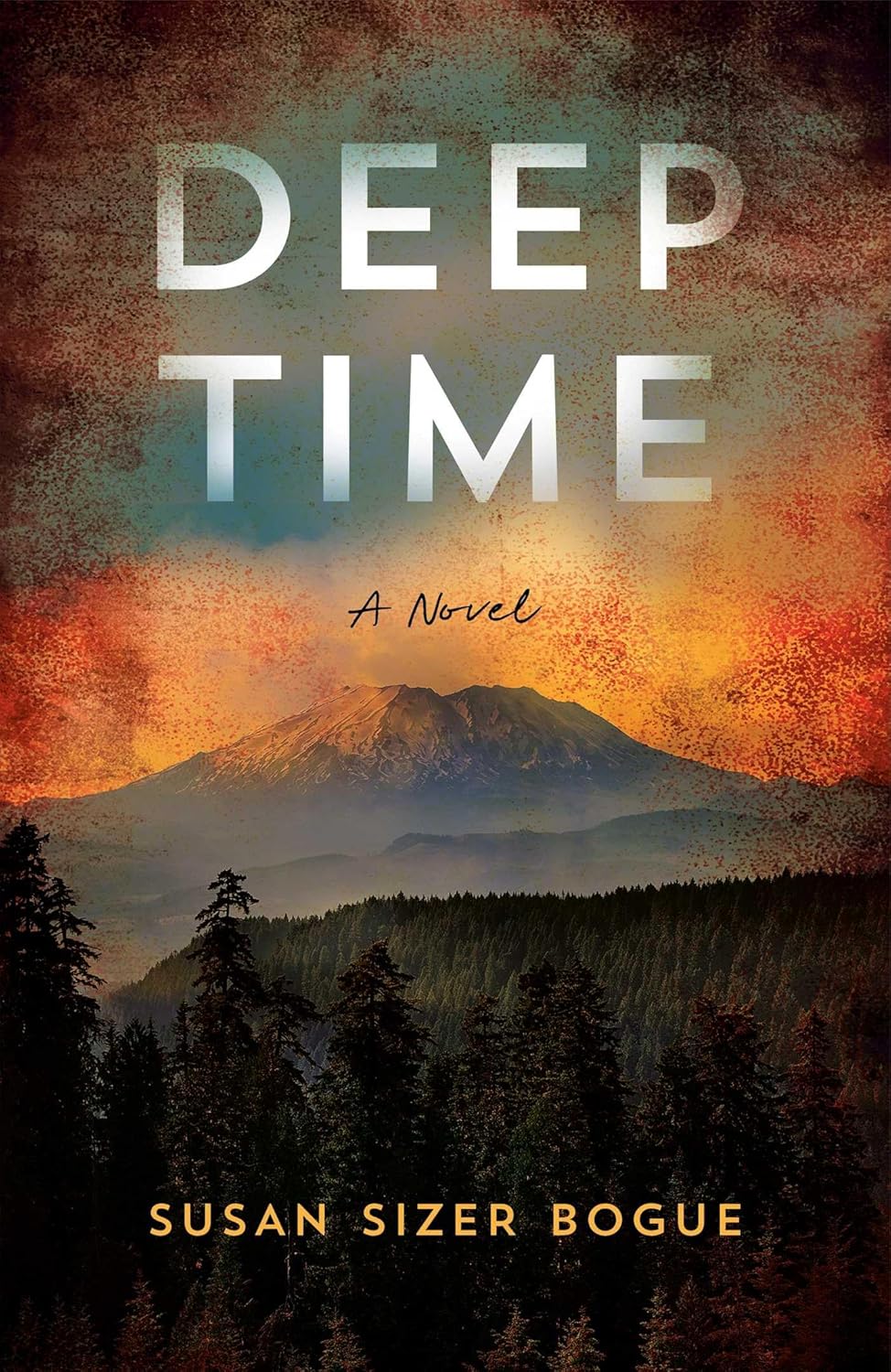Hard Work – But Glorious: Stories from the Herefordshire Suffrage Campaign
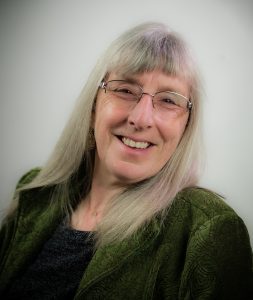 I always thought that when I did get round to writing a book, it would be a novel. I had no idea what it was going to be about, but it was going to be a satisfying retirement project to fill the winter days when I wasn’t gardening, preserve making or visiting historic properties. How wrong could I be?
I always thought that when I did get round to writing a book, it would be a novel. I had no idea what it was going to be about, but it was going to be a satisfying retirement project to fill the winter days when I wasn’t gardening, preserve making or visiting historic properties. How wrong could I be?
In 2018 I was part of the team working on the Eastern Cloisters Project at Hereford Cathedral, and was simultaneously involved in the Hereford Three Choirs Festival as Chairman of the organising committee. Three Choirs is the world’s oldest music festival, begun over 300 years ago, rotating between the cities of Hereford, Gloucester and Worcester.
I’d already made history myself as the first woman to be Chairman of any of the city committees, and we were celebrating the 1918 women’s suffrage centenary through music, lectures and exhibitions. The Eastern Cloisters Project, supported by the Heritage Lottery Fund, was an ambitious building restoration programme coupled with an activity plan to explore the social history of the Cloisters.
‘Where are the women?’ was our early refrain: there were plenty of clergymen, butlers, footmen, lay clerks and vergers, but the only women we found to begin with were those wronged and, in at least one case, literally left holding the baby when one of the vicars denied paternity. We had a breakthrough in March 2018 with the discovery that the Women’s Social and Political Union Hereford Branch Secretary was Ethel Davis, wife of the Reverend George Herbert Davis, who lived in the Cloisters. A suffragette at the cathedral – finally something to shout about!
The research snowballed from there and by July of that year we had enough to show that Hereford was home to significant individuals on both sides of the suffrage debate. We had a series of temporary Violet Plaques across the city during the Three Choirs Festival to publicise the women and men, suffragists, suffragettes and anti-suffragists.
I left the cathedral for my current job in August 2018, and I quietly put the suffrage campaign to one side, occasionally popping into Herefordshire Archives and Records Centre for a follow up session. Gentle pressure from friends and colleagues was growing to ‘write a book’, but The Courtyard development project meant that I was too busy. I wrote the Wikipedia entry for Florence Canning, the Hereford-born suffragette and Chairman of the Church League for Women’s Suffrage, and attended a Women’s History Network workshop with Maggie Andrews, but little more. I had fortunately realised by the time of the writing workshop that my book was not going to be a novel but a factual account of the suffrage campaign, and I was gathering information accordingly.
Fast forward to March 2020, when the pandemic was taking hold. It was clear that The Courtyard was going to have to close for ‘a while’, so I took a couple of days leave to feverishly photograph and copy suffrage information at Herefordshire Archives in preparation for what I thought would be a bit of writing while I was furloughed. I shared the news on social media of my intention to start writing my book and the messages of encouragement flooded in.
As days turned into weeks, I organised myself with the spare bedroom, ironing board table and trusty laptop, and was writing by 08.30am daily, finishing at lunchtime to garden and make preserves – but not visit historic properties! Being a good fundraiser I set myself a deadline of 75,000 words by the end of October, anticipating tidying up the manuscript while back to work part time in November.
What I found most remarkable during my research was how the suffragists and suffragettes were operating so closely together in Herefordshire, whereas elsewhere across the country the cooperation between the law-abiding and more militant women was less forthcoming. The other fascinating discovery is the anti-suffragists and those campaigning for votes for women compartmentalised their activities so neatly. They might have been arguing vociferously in public at suffrage meetings, but when fundraising was needed for the local branch of the Red Cross or the Young Women’s Christian Association, they were all in it together.
Over the summer and early autumn I tried various publishers, but with no success, and then had a moment of revelation: being furloughed meant that I’d had the glorious luxury of being paid to write my book, so why not self-publish? I contacted Orphans Studio in Leominster, where Debbie Hatfield responded rapidly and positively to my manuscript and agreed to help me get my book published. Lockdown 2.0 in November 2020 meant I could get the chapters read by friends and colleagues, source images, complete the referencing, and find a proofreader. Fortunately, my friend and former colleague Clare Stevens took on this task with aplomb.
The typesetting, design and proofreading went on over the winter, and I was back at work by April when I was able to finish indexing. My book was published at the beginning of June 2021, with a launch event in front of a live audience at the freshly reopened Courtyard. Not having a publisher means that selling my book has been through local contacts, but I am delighted to be working with Lindsay Jackson at Ledbury Books and Maps to do my online sales as well as being an instore stockist.
What next? I’m already starting to plan my next book, which will be a biography of Constance Radcliffe Cooke. She’s the subject of one of the chapters in Hard Work, with her campaigning as a suffragette being only part of an amazingly full life, involving home economics, social reform, left-leaning political activism, and the Women’s Institute! (944 words)
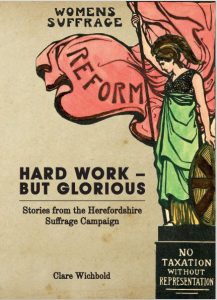 Hard Work – But Glorious is the first account of the suffrage movement in Herefordshire. It has seven chapters covering various individuals and aspects of the campaigning which took place in the county during the 19th and early 20th centuries. The chapters are long essays which can be read alone, but interweave into a wider narrative which explores the significance of Herefordshire against the national backdrop of votes for women.
Hard Work – But Glorious is the first account of the suffrage movement in Herefordshire. It has seven chapters covering various individuals and aspects of the campaigning which took place in the county during the 19th and early 20th centuries. The chapters are long essays which can be read alone, but interweave into a wider narrative which explores the significance of Herefordshire against the national backdrop of votes for women.
ISBN: ISBN: 978-1-5272-8213-1
Format: Paperback
Dimensions: 272pp; 210x148mm (A5)
Illustrations: 38 b/w
‘I am delighted that the story of the Herefordshire campaign for women’s suffrage is now being told – and by such a diligent researcher.’
(Elizabeth Crawford, author, The Women’s Suffrage Movement: a reference guide and The Women’s Suffrage Movement in Britain and Ireland: a regional survey)
BUY HERE
—
Clare Wichbold retains a keen interest in history after her early career as an archaeologist. Having thrown in the trowel in 1996 she subsequently turned to grant-making and is currently working as Fundraising Manager at The Courtyard Centre for the Arts in Hereford. Clare and her husband Dave had a smallholding in west Herefordshire for 20 years, but she never got round to writing about their experiences. A latecomer to suffrage research through the 2018 centenary of the Representation of the People Act, Hard Work – But Glorious: Stories from the Herefordshire Suffrage Campaign is Clare’s first book; her next, a biography of one of the Herefordshire suffragettes discovered during her research, is currently in the early stages.
Twitter https://twitter.com/CWichbold
Facebook https://www.facebook.com/clare.wichbold
Category: Contemporary Women Writers, How To and Tips




